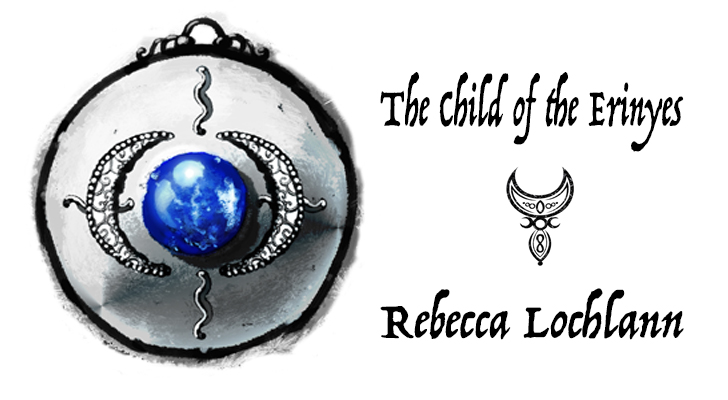Iakchos, the great star (Sirius)
From Dionysos (Archetypal Image of Indestructible life), by Carl Kerényi:
page 73, 74: “When in Egypt the early rising of Sirius became the beginning of the year, the approach of a better season could be foreseen by the first swelling of the Nile. Yet this was also the time of the most dangerous heat: a highly ambivalent season! The same was true in Crete and Greece (with the exception that there was no Nile). The heat was obviously evil, and so was the star with whose appearance it began. But in a mysterious way the season was also good. In Greek it was called opora, a word that is not easy to translate because it means not only the season but its fruits as well. Homer knew Sirius as “Orion’s dog.” As Alpha canis it belongs to the great hunter whose gigantic figure had already dominated the heavens for months and would continue to do so for several months more until, stung by the celestial scorpion, it sank below the horizon. The full ambivalence of Sirius is expressed by a metaphor in the twenty-second book of the Iliad. As Achilles ran, “the bronze on his breast flashed out like the star that comes to us in autumn, outshining all its fellows in the evening sky–they call it Orion’s Dog, and though it is the brightest of all stars it bodes no good, bringing much fever, as it does, to us poor wretches.”

https://commons.wikimedia.org/wiki/File:Sirius.jpg, by Mellostorm: https://creativecommons.org/licenses/by-sa/3.0/deed.en
page 77: “At Knossos we find the name i-wa-ko, whose Greek reading can be “Iakos,” “Iachos,” or “Iakchos”; at Knossos and Pylos it often takes the form of i-wa-ka. “Iakar,” a name for Sirius that seems utterly alien to the Greek language, may not really have been so foreign. An Egyptian story can be cited in connection with the Minoan names “Iakar” and “Iakchos.” “Iachen” or “Iachim” was the name of a wise and pious man in Egypt who allegedly lived under King Senyes. This man may also have been a divine figure. He was said to have softened the fiery power of Sirius at its early rising and thus to have wiped out the epidemics that raged at that time. After his death he was buried in a temple tomb, and when the appropriate sacrificial rites had been completed the priests took fire from his altar and carried it about, apparently in a magic ritual directed against the destructive fire of the star.
Through Dionysos this fire was transformed into the “pure light of high summer.”
From The Myth of the Goddess (Evolution of an Image), by Anne Baring and Jules Cashford:
page 119: “The Cretan New Year began at the summer solstice, when the heat was at its greatest, and 20 July was the day when the great star Sirius rose in conjunction with the sun, as it did also in Sumeria and Egypt. In these two other countries Sirius was explicitly the star of the goddess (Inanna in Sumeria, and Isis in Egypt), and Minoan temple-palaces in Crete were orientated to this star. The rising of Sirius ended a forty-day ritual during which honey was gathered from the hives of the bees in the darkness of the caves and the woods. The honey was then fermented into mead and drunk as an intoxicating liquor, accompanying the ecstatic rites that may have celebrated the return of the daughter of the goddess as the beginning of the new year–as, perhaps, in the seal of the double axe. All these rites are present in the Classical Greek myths of Dionysos, himself originating in Crete and called the Bull God. A bull was sacrificed with the rising of the star Sirius, and the bees were seen as the resurrected form of the dead bull and also as the souls of the dead.”
Posted on October 15, 2011, in Iakchos and tagged annual rise, bronze age tales, crete, crops, games, historical fantasy, iakchos, ida, religion, rising star, sacred king, sacrifice of king, the year-god's daughter. Bookmark the permalink. Leave a comment.









Leave a comment
Comments 0